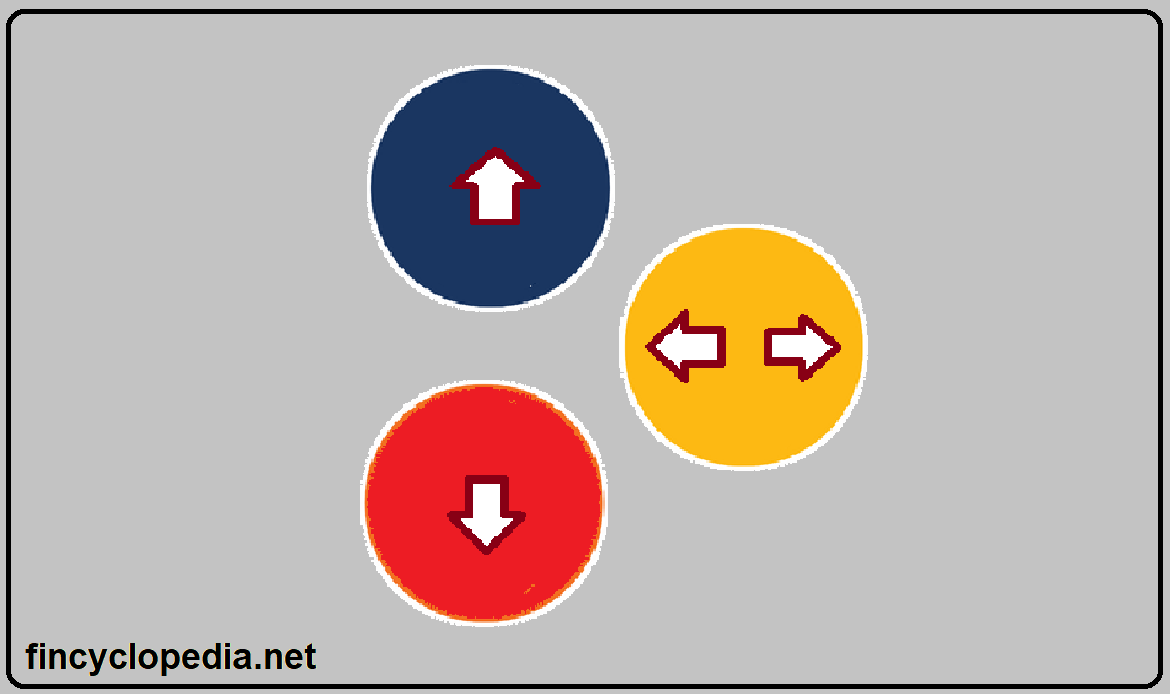
Fair value accounting estimates
Fair value accounting estimates are those accounting estimates made using a method of measurement prescribed by the applicable financial reporting framework that is simple and applied easily to the asset or liability requiring measurement at fair value or for which fair value is the prescribed measure basis. Fair value accounting estimates are also those where the model used to measure the accounting estimate is commonplace or generally accepted, provided that the assumptions or inputs to the model are observable in the market.
Not all financial statement items requiring measurement at fair value give rise to estimation uncertainty. For example, certain financial statement items may be derived from an active and open market that provides readily available and reliable information on the prices at which actual exchanges take place. In this situation, the existence of published price quotations is usually the best audit evidence of fair value.
However, estimation uncertainty may exist even when the valuation method and data are clearly defined. For example, valuation of securities whose prices are quoted on an active and open market at the listed market price may require certain adjustment if the volume or position is significant proportionate to the market or is subject to restrictions in marketability. Furthermore, general economic conditions prevailing at the time such as illiquidity in a given market, may have an effect on estimation uncertainty.
Non-fair value accounting estimates
Other specific situations where accounting estimates, other than fair value accounting estimates, may be required include:
- Depreciation method or asset useful life.
- Provision against the carrying amount of an investment whose recoverability is uncertain.
- Allowance for doubtful accounts.
- Inventory obsolescence.
- Warranty obligations.
- Outcome of long-term contracts.
- Financial obligations / expenses arising from litigation settlements and court judgments.
In practice, certain fair value accounting estimates may be required. This includes complex financial instruments, which are not traded in an active and open market and share-based payments (see: situations where fair value accounting estimates are likely required).







